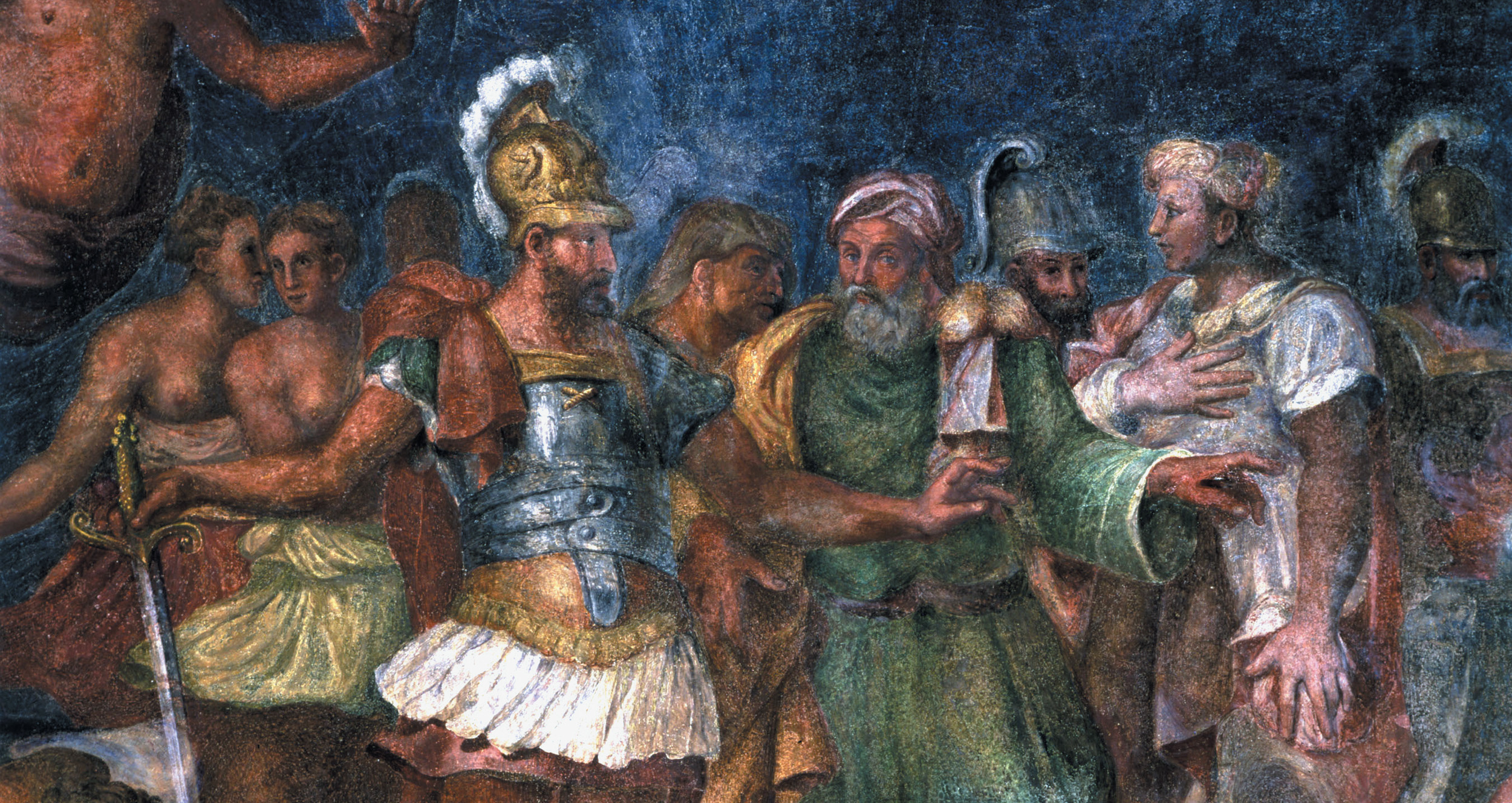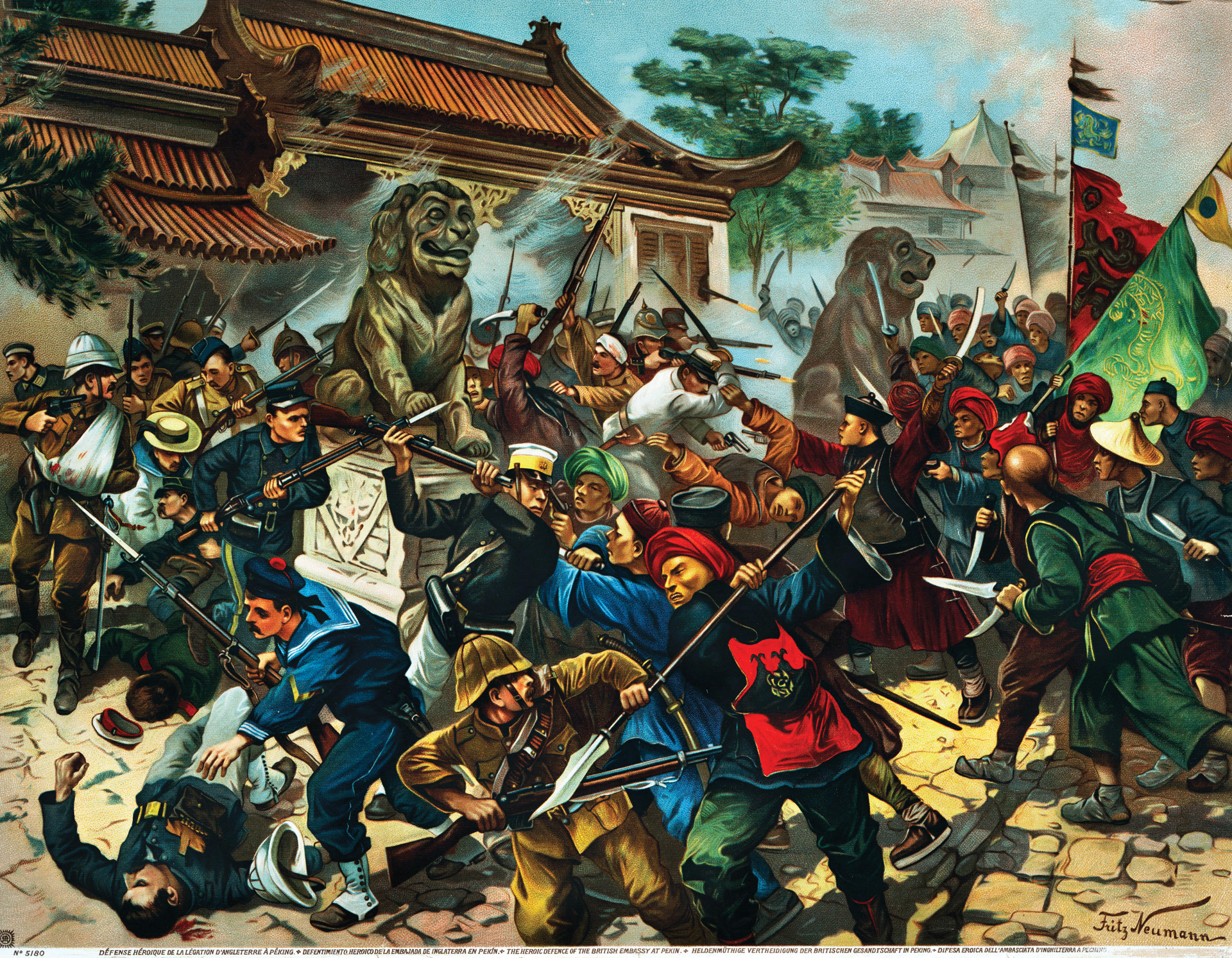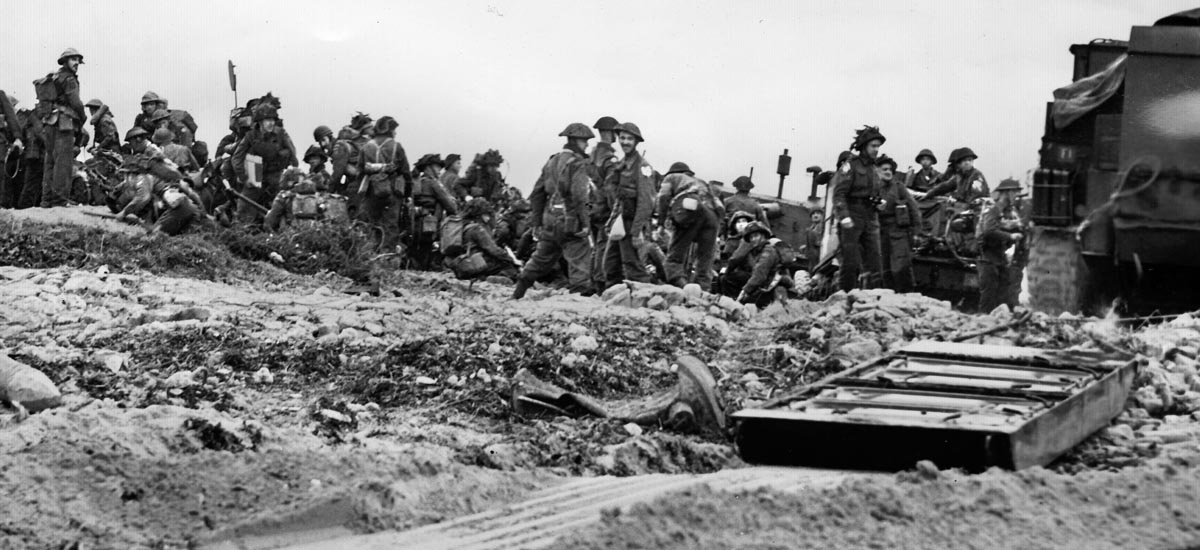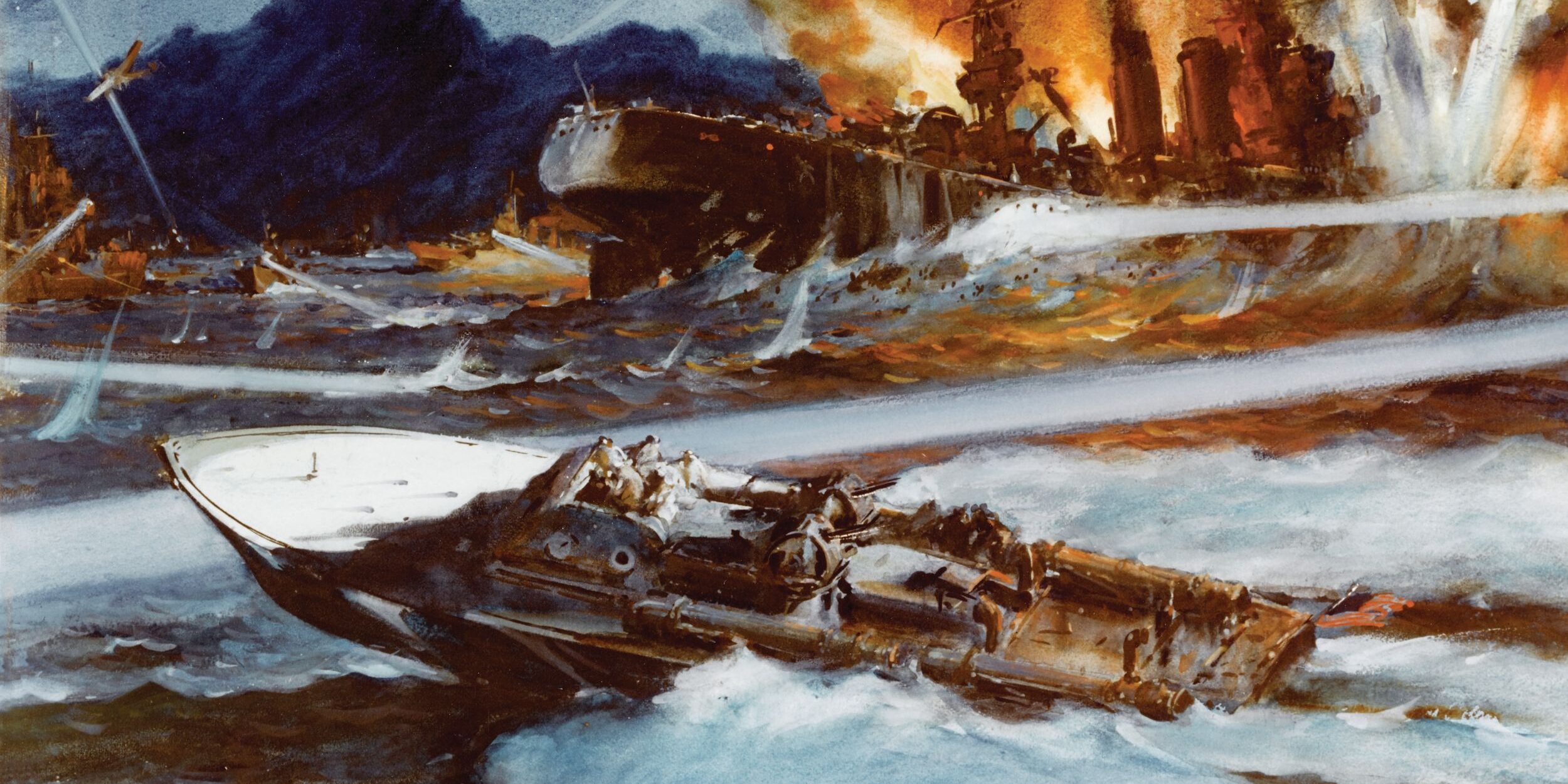Dear Editor:
First, let me congratulate you on a great magazine; I love history, especially medieval history, and Military Heritage rarely fails to have much of interest. That said, I’m a little disappointed in the “Warfare in the Age of Chivalry” box in your “The King Fights Back” feature (June 2004). The main article was quite good, but there is a grievous error in said box: It is stated that a knights sword weighed “only” six to eight pounds. Now, I know that perhaps this is a minor point in the scheme of things, but you should be aware that a typical knightly sword weighed only 21/2 to 31/2 pounds. A hand-and- a-half “bastard” sword, a heavy one, would weigh maybe 41/2 pounds. Huge two-handed swords were not, strictly speaking, medieval, but rather Renaissance weapons and even those rarely weighed much more than six pounds. So where do you get such ridiculous figures? An eight-pound sword would be good for parade purposes only. The reason this matters is that only by understanding the true (relatively light) weight, razor shard edges, and perfect balance of a knightly sword can one have some idea of how it was used: Not as a cumbersome weapon of brute strength, but rather one of speed and sophistication of technique.
If you would like more information to back up what I’m saying, try the following Web site: www.thearma.org/essays/weights.htm
Otherwise, keep up the good work!
Peter Kincl, via e-mail
Catherine the Great
 Dear Editor,
Dear Editor,
Congratulations to Military Heritage and Mr. Heege on a thorough treatise of the often overlooked little war of 1870 that forever changed France and its Grand Armée into an impotent second-rate power that persists to the present day. Complementing the written tapestry depicting from root to end result the demise of the Second Empire and the absurdity and arrogance of the French Emperor, his Army, and elite Council of State and Deputies are absolutely stunning reproductions of artwork that portrays the sad state of French resistance and the domination of the Prussian armies.
While following the tale of Spanish Prime Minister Prim’s attempt at finding a successor to the dethroned Isabella II—an effort that provided the eventual excuse for the Franco Prussian War—I was interested by a little note about the one invaluable service of the “crazy quilt of small independent German states”: that of providing “suitably royal consorts and, in a pinch, kings.” To my amazement, the list of thrones mentioned did not include the most outstanding and important little consort ever to be torn from the petty houses of Germany, the little 16- year-old Sophie Augusta Fredericka of Anhalt-Zerbst in Pomerania and the throne of the Russian Empire.
This eventual Catherine the Great (II) was the result of the conniving of her mother’s family head from the elder branch, Frederick the Great (II) of Prussia, and Czarina Elizabeth to find her a consort to provide an heir to the Russian Empire. They had matched her to her second cousin, Peter Ulrich of Holstein-Gottorp, the grandson of Peter the Great (I) and an impotent, incompetent, and ignominious failure as a human and heir.
This insignificant little Princess Catherine was recognized as Great in her own lifetime even though she initially usurped the Romanov throne and killed its only two obvious claimants, Peter III and Ivan VI. She ended her reign as a Russian- speaking Orthodox Catholic sovereign of a compact and consolidated Russian Empire that extended from the Baltic and Poland in the east to the Pacific in the west and the Black Sea in the south to the Arctic Ocean in the north. She defeated the Turkish Empire, taking the Baltic cities and the Crimea, then conquered smallpox by bringing vaccinations, civilian hospitals, and the first medical school to the Empire. Like Peter the Great, she continued to modernize the Empire and the Boyars, yet fortified the system of serfdom by giving away millions of acres with their millions of serfs to her supporters and paramours. She built the Hermitage and increased the number of national treasures in volumes of literary works from a few hundred to 38,000 and works of art in the Imperial gallery from 12 to 3,926. She gathered to Russia the libraries of Diderot and Voltaire; believed in liberal enlightenment, modernization, and education, but ruthlessly punished any threat to her autocratic rule and the system in place in Russia that she had sworn to preserve.
This all lasted for 150 years until Russia was plunged into the darkness of Communism in 1917. So much for dedication and a life’s work, so much for the lasting effects of any world ruler.
Oh, and to add to this the ignominy she wasn’t mentioned in your article.
Richard Archer
Fullerton, California
The Last Bombard
Dear Editor:
I enjoyed Mr. North’s article on the Siege of Constantinople. You may be interested to learn that one of the great Turkish bombards (cannon) used in that siege still exists. As I was told by an Italian Army officer, after the siege of Rhodes the Sultan sold several of the
bombards to the Venetian Republic. The Venetians, in turn, sold four to the King of Sardinia. They were last fired in anger at the siege of Turin in 1705. They were in use from 1453 to 1705—not a bad lifetime for a weapons system.
Two of the bombards survived to the start of World War II when Mussolini had one melted down for the bronze. The last remaining bombard is on display in front of the Artillery Museum in Turin. It is about four feet in diameter and looks like a redwood log lying on the ground. The Artillery Museum is well worth a visit; it includes, among other things, a gun with an eliptical bore that fired disk-shaped projectiles!
Calvin W. (Cal) Hurd, via e-mail







Join The Conversation
Comments
View All Comments